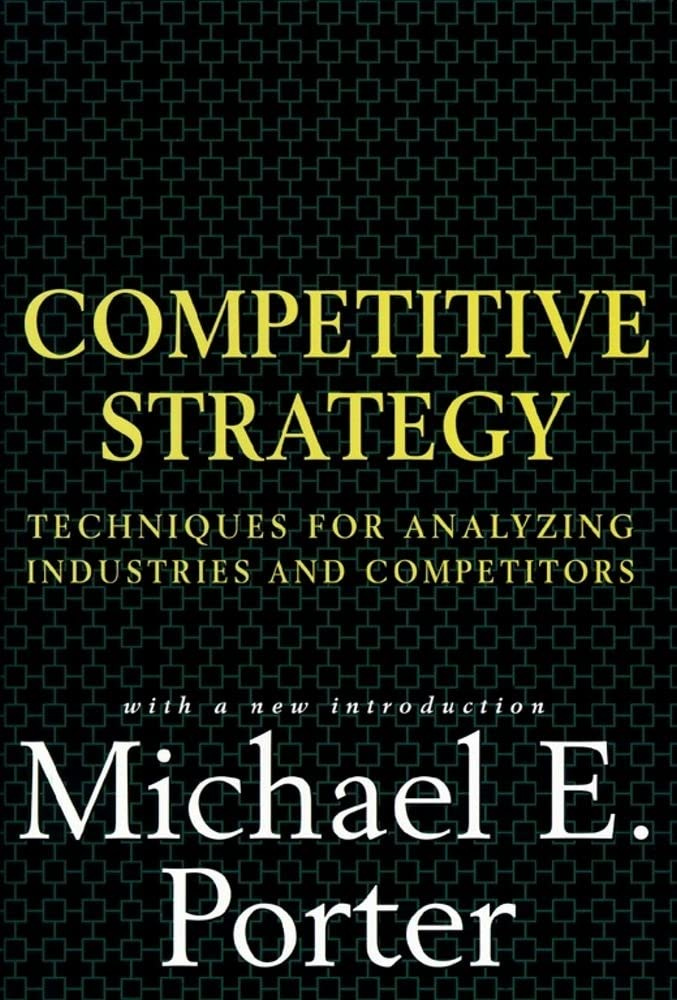The Product Launch Playbook 🚀 What PMs and Builders Miss About Go-To-Market
A tactical step-by-step guide to launching products that win (like a master PMM) - from initial research to scaling your launch process.
You’ve built a kick-ass product feature.
And yet the metrics fall flat.
Why? One major reason is that we can often approach the go-to-market aspect of a product launch as an afterthought.
Unfortunately, the “if you built it they will come” approach only works in the movies.
Without a go-to-market strategy and plan, your product (as amazing as it is) won’t reach its potential.
A lot of PMs and builders think of go-to-market as something that doesn’t start until the product is ready. Or for another department.
That’s a recipe for disappointment. It needs to start from the beginning:
We don’t want to just release things as builders. We want to launch them.
In today's deep dive, we're going to give PMs and builders a tactical, step-by-step process to nail your next product launch.
Introducing Jason Oakley
For this guide, I’m bringing in a product marketing expert. Jason Oakley has spent the last 10 years working on product launches at startups like Klue, Chili Piper, and Uberflip.
He now spends his time coaching and consulting startups on how to build an effective product marketing function as part of ProductivePMM.
We’ve put our heads together to bring you the ultimate product launch playbook.
Today’s Post
We’ve put together a first principles guide so you can launch products like a product marketer - and how that approach should evolve when you finally hire one:
The 11-Part Launch Plan
How Things Change As You Scale Up
Launch Tiers for PM-PMM Alignment
1. The 11-Step Launch Plan
One of the toughest parts about launch planning is where to start, so we’ve put together the set of steps you want to take, in order:
There’s a logic to why this order and what to do in each. Let’s break down your playbook.
Step 1 - Competitive Research
Story time: do you know why “strategy” is such an important term for business schools?
Because before Michael Porter wrote the book Company Strategy, most company decision-making was made by focusing internally. There was no external focus.
The entire idea of strategy is that you look externally at what others are doing.
The same holds true for product strategy. And this is where builders, like PMs, can learn from how PMMs think.
Take, for example, a conversation with a customer about the challenges they have with a particular part of their job.
A PM might seek to understand their job to be done and what product will best solve that problem.
But a product marketer is listening for how they describe the problem, what words they use, what outcomes they’re hoping to achieve — everything that will help create effective product positioning and messaging.
So when you’re looking at doing research, think intentionally about 2 big questions:
What does the buying process look like for this product?
Who are the main competitors and substitutes, and what are the market opportunities for differentiation?
Our recommendation? Create a competitive research database. (We like Notion.)
There doesn’t need to be a huge structure for each company. Time-box the activity to the time you have (even 2 hours is enough). But try to:
Understand the buying process: you want to understand how the money is made
Understand what their product looks like: take screenshots similar to Aakash’s How they Grow deep dives - the pricing page, the onboarding, and other key features
Understand how they grow in a competitive market: you want to understand their positioning, messaging, segmentation, and go-to-market motion
The goal is not to summarize fundraising, it’s to take notes that help your counter-positioning succeed. You want to nail your understanding of how they position it.
This product research provides the foundation for every step that follows.
Step 2 - Segmentation
Once you know what competitors are doing for various segments, you need to pick your focus segment.
The number one killer of launches is the launch campaign and messaging is focused on too broad of an audience.
You’re not launching to everyone — you’re launching to your ideal customer profile (ICP).
You want your customers to look at your product and think "this thing was specifically built for me.”
So the key is: what’s included in a strong ICP definition?
It's not enough to think about company types and job titles. For example, an analyst in a B2B SaaS fintech company 👎
You also need to think about things that are more situational within their company and their job.
For example:
What is their job to be done?
What problems are they struggling with?
What benefits or outcomes are they looking for?
What tools or processes are they using today to accomplish this?
Depending on what you're launching, you also want to ask yourself if this launch is targeted at prospects, existing customers, or a combination of both?
When you put all that information together, you can then write messaging for a very specific type of person.
The best go-to-market materials are built on the back of this specificity.
Step 3 - Pricing & Packaging
Keep reading with a 7-day free trial
Subscribe to Product Growth to keep reading this post and get 7 days of free access to the full post archives.







